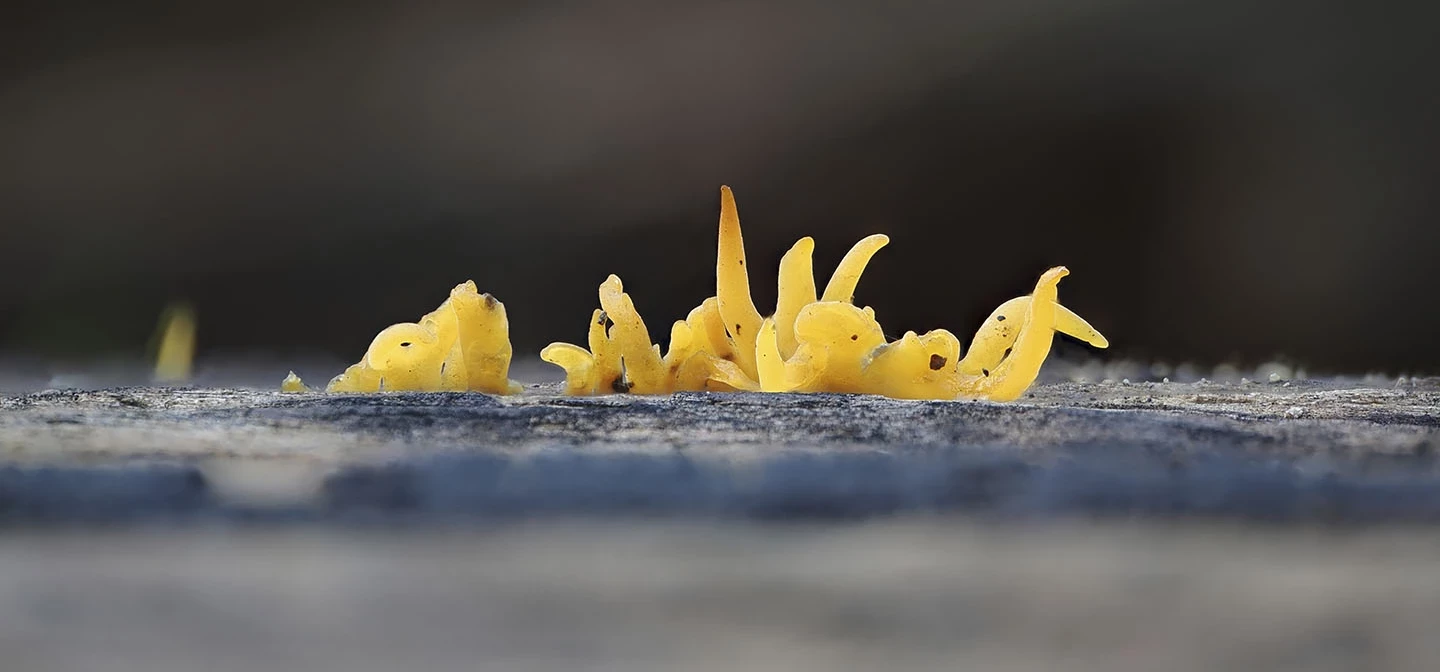
Fungi in the Parks
We've been taking autumn walks through the parks to survey and record an incredible array of fungi and slime moulds.
In the Royal Parks’ Help Nature Thrive team we’re loving autumn in the parks. As the leaves turn to gold and wildlife starts to look for spots to shelter over winter, we’re turning to fungi to get our seasonal nature fix.
Fungi love a moist environment to grow in, without too much variation in light or temperature, so October and November are great months for fungi spotting.
Throughout the season we’ve been delivering a programme of surveys, walks and workshops to introduce visitors to the wonderful world of fungi, made possible thanks to the lovely players of People’s Postcode Lottery.
Most people think of mushrooms when we say fungi, but this fascinating group of organisms also includes yeasts, smuts, mildews and moulds. Our walks also take in fungus-like organisms such as slime moulds.
Fungi are a great subject for beginners and experienced nature lovers alike, as they are a brilliant window into the ecosystems of the parks.
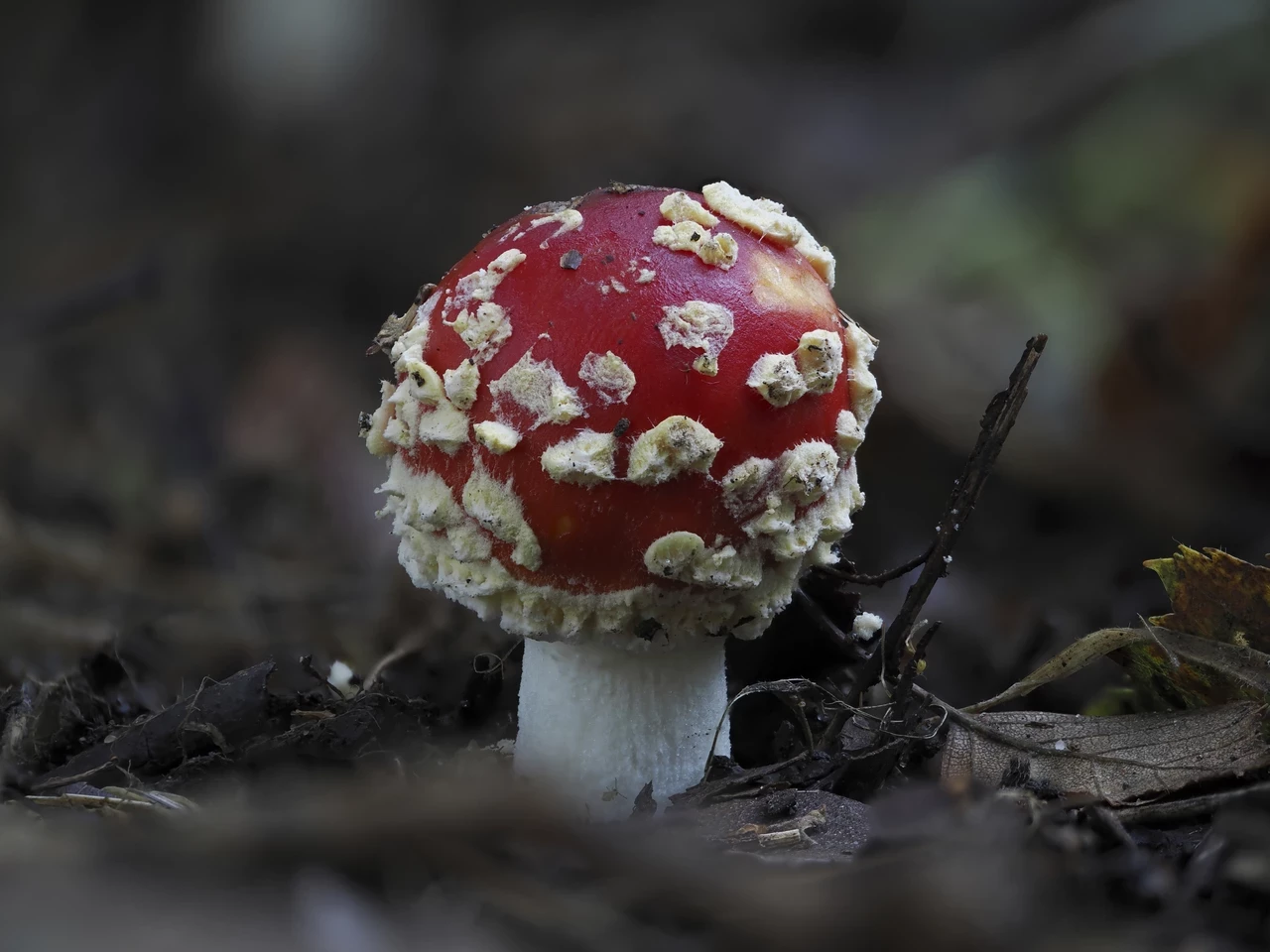
Our citizen science fungi walks are a great way for nature enthusiasts to explore our landscapes and contribute to scientific understanding of our living organisms. In addition to public walks, we have also been running sessions in fungi identification with our rangers and other volunteers with a view to expanding our citizen science programme in coming years.
This autumn we have also been leading fungi walks with an emphasis on mental health. The focus involved in spotting and examining fungi is a great way to turn our attention outward to nature, without having to specifically try to be mindful.
Our macrophotography workshops have been extremely popular – this medium able to reveal fungi in enthralling detail not visible to the naked eye. We have been lucky enough to welcome photographer Max Mudie to the parks to share his tips and tricks in photographing fungi up-close.
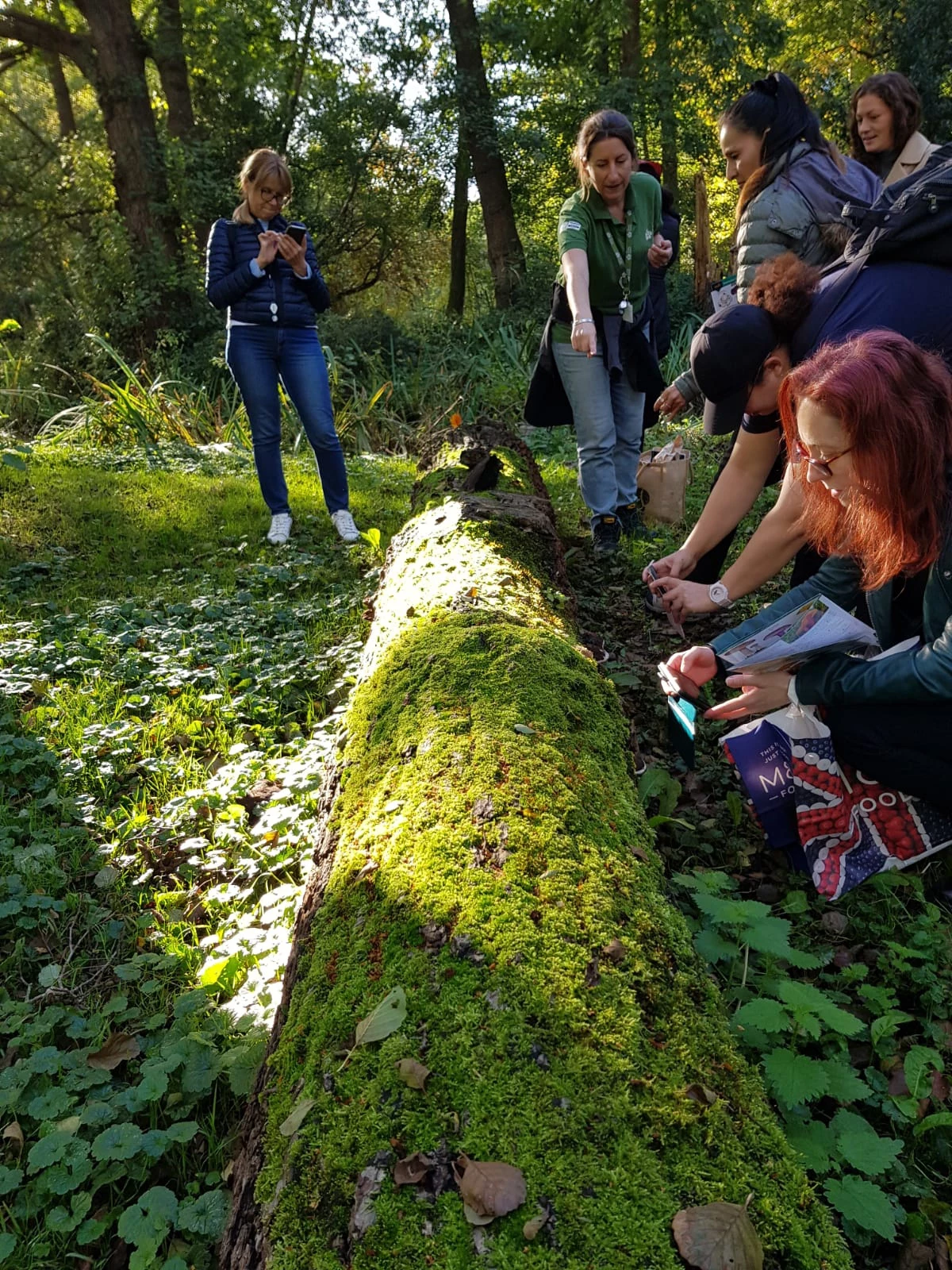
Why are fungi important?
Fungi are a vital part of many habitats, performing roles in decomposition of organic matter and delivering nutrients for plant growth.
In soil, in addition to nutrient and carbon cycling they also have roles in water dynamics and disease suppression. Many fungi grow on dead wood and are an important part of dead wood microhabitats. Other fungi grow on living plants and trees and exchange nutrients with them, each helping to keep the other healthy.
Because of the importance of fungi to the parks’ ecosystems and the fact that we are in the process of recording and cataloguing our fungi we ask that visitors do not pick fungi in any of the Royal Parks.
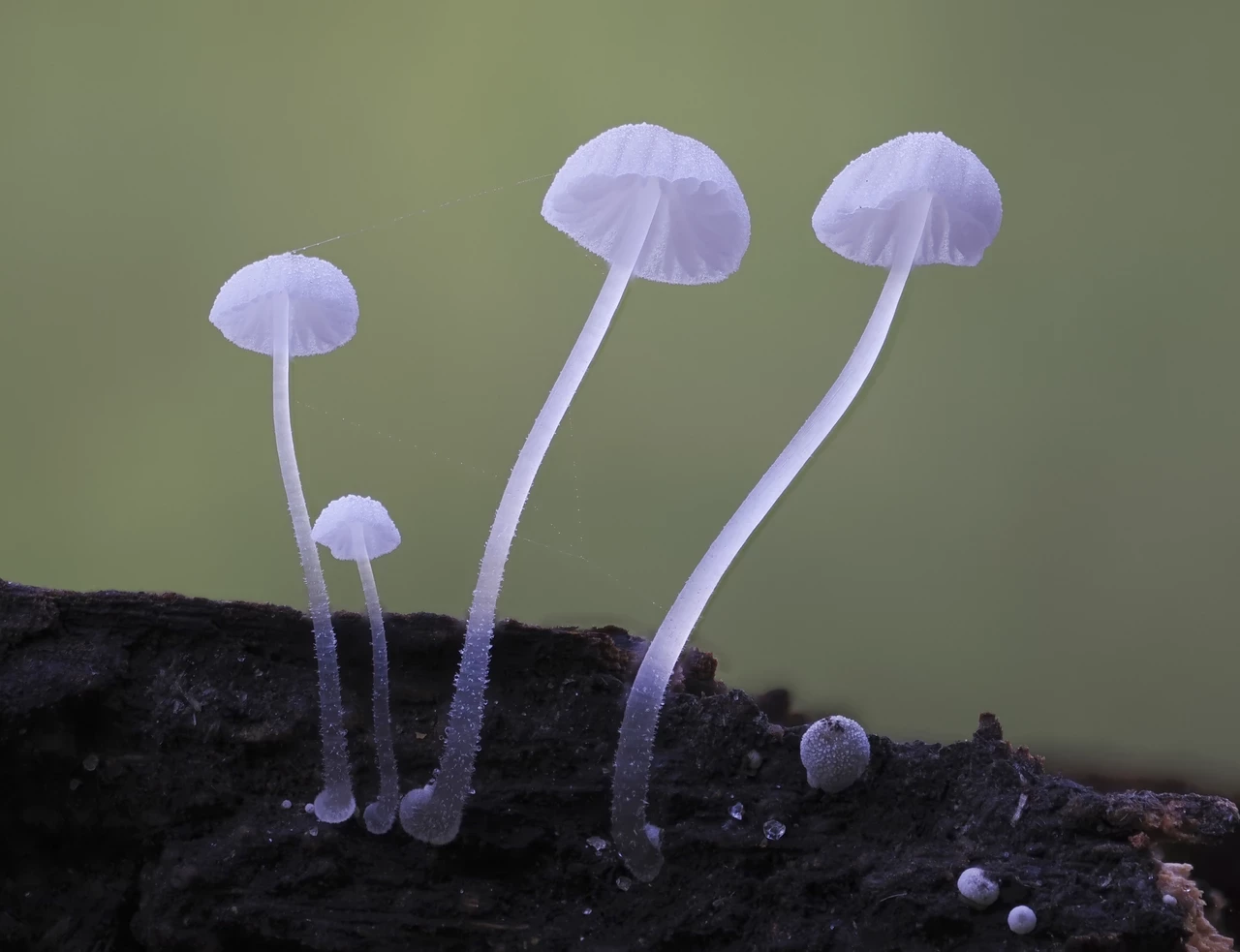
Join us to help record the fungi of the Royal Parks
Despite their importance to life, the fungal kingdom is probably the major branch on the tree of life with the biggest ‘taxonomic deficit' – where the lowest number of its total species are known and catalogued. Scientists’ estimates put the total number of fungal species globally at around 2.5 million, but only around 155,000 of these are formally named and catalogued.
So fungi science is an area in which new species are continually being added to our knowledge bank. Even so, at the rate that scientists are discovering and naming species, it would take more than 750 years to name all of the world’s fungi! We’re hoping to be able to record the fungi of the Royal Parks slightly quicker than this.
If you would like to join us in future citizen science projects, walks and macrophotography sessions, sign up to The Royal Parks Newsletter and keep up with our events listings online.
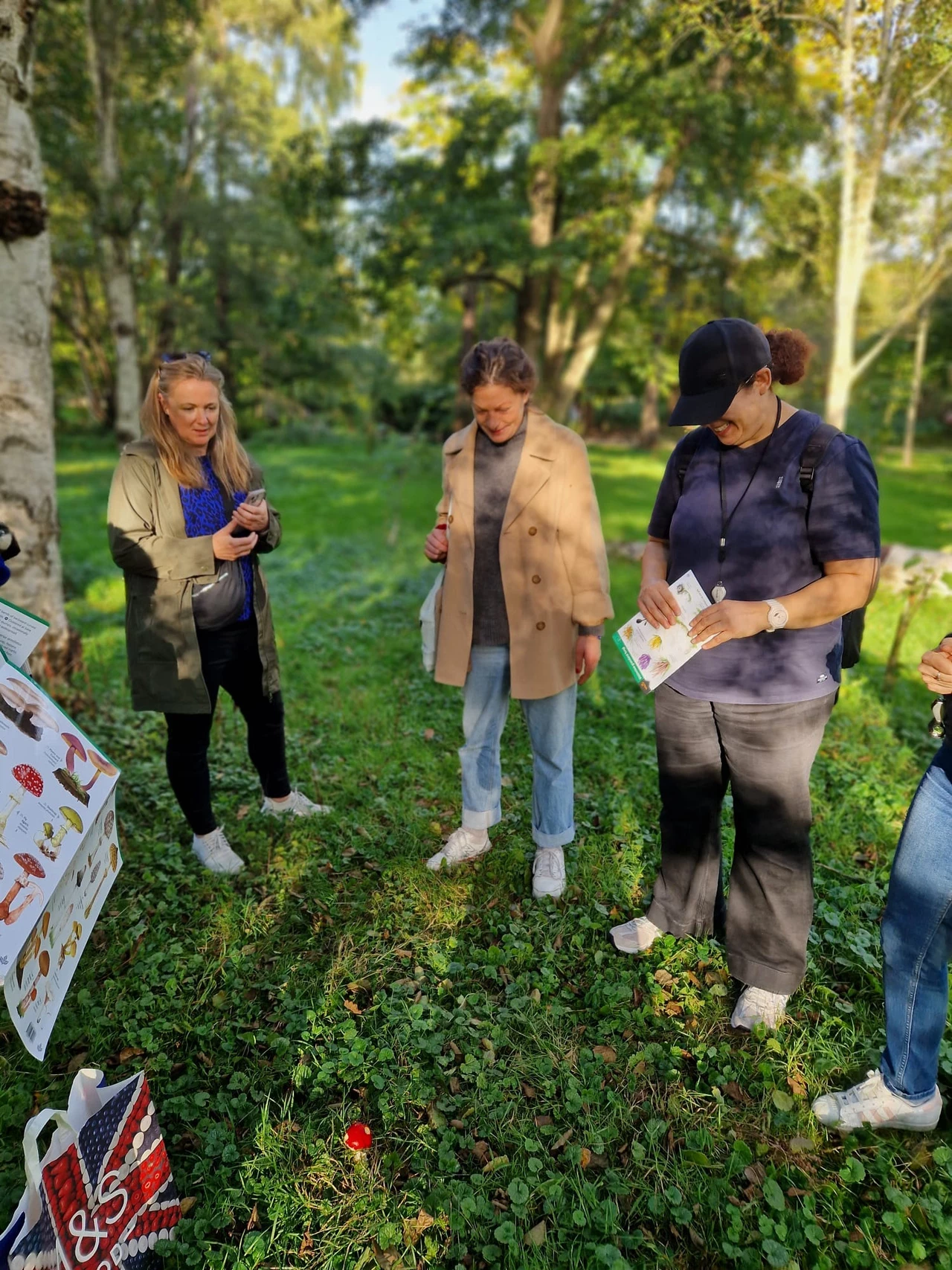
Related Articles
-
 Read
ReadExplore the Royal Parks with Help Nature Thrive's bug trails
These self-led walks will help you discover more about our conservation initiatives and introduce you to some of the Parks smallest inhabitants.
-
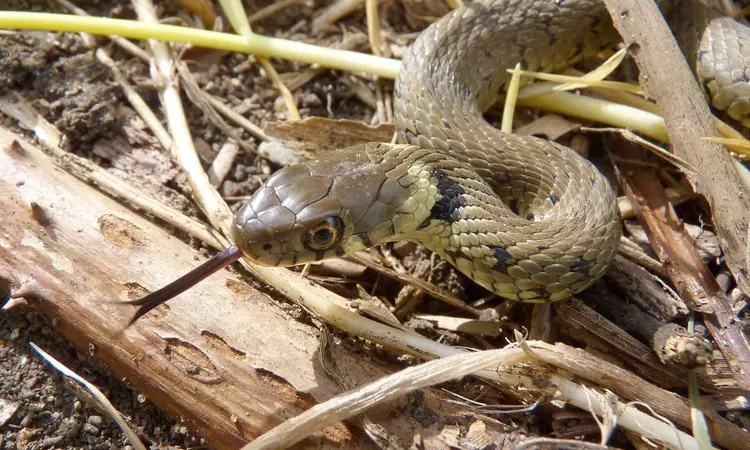 Read
ReadA collection of wildlife surveys for beginners
Contribute to conservation as a Citizen Scientist surveying park wildlife including moths, small mammals and lizards.
-
 Read
ReadDiscover the dung beetles of Bushy Park
Discover the life of Dung Beetles in Bushy Park. Learn how to join the Dung Beetle Discovery Project at the Royal Parks.
